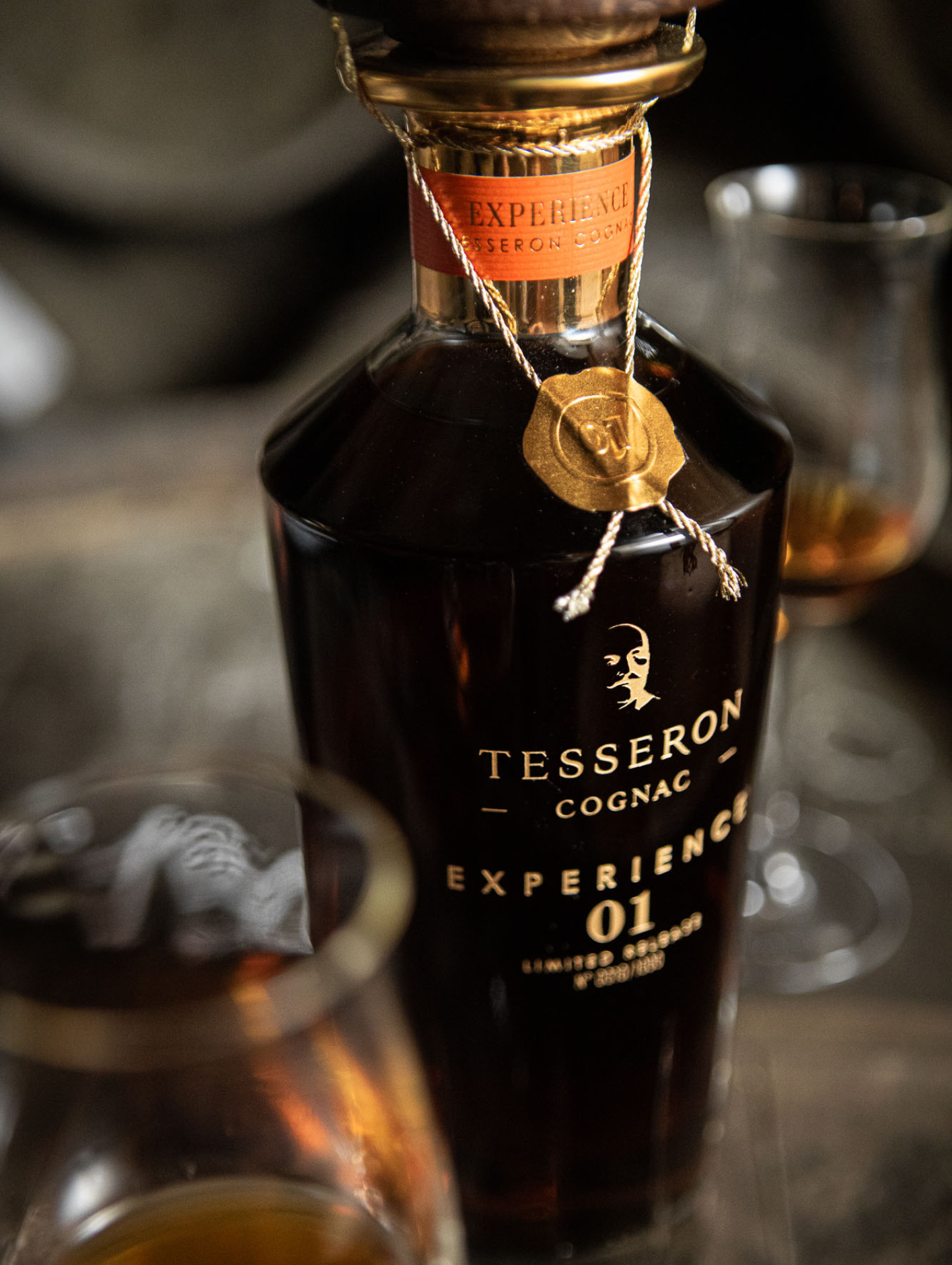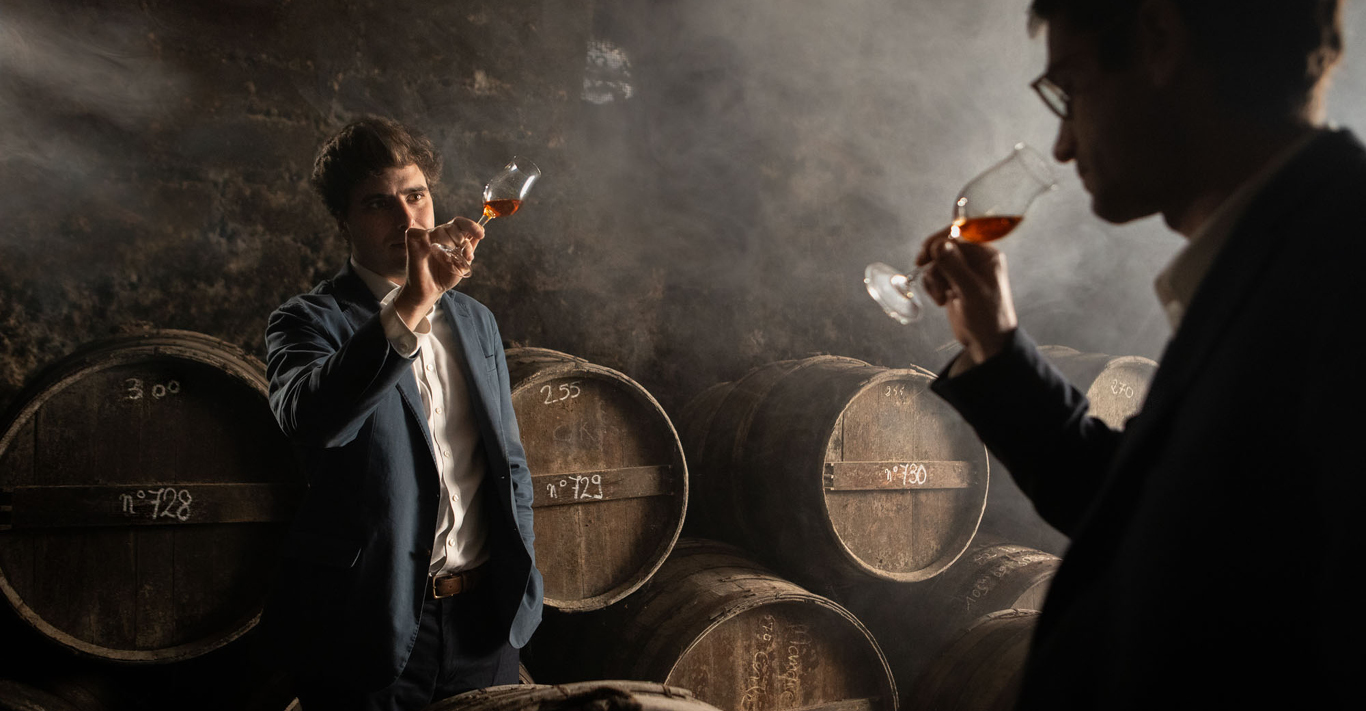WORDS
Chris Madigan
Where Scotch whisky was roughly 30 years ago, cognac is now. That may sound disparaging, but in fact it means these are exciting times for the venerable brandy. The 1990s were a time of flux in whisky; after the “streamlining” (distillery closures) of the 1980s, single malts that had previously been merely ingredients bought by the big, blended brands for their recipes began to market themselves more persuasively. Lesser known, but excellent, single malts swelled shelves alongside the giants such as Glenfiddich and Glenlivet. Now, we have a vast choice.
Cognac is dominated by the Big Four – Hennessy, Martell, Rémy Martin and Courvoisier. These houses distil and age their own eaux de vie but they are predominantly blenders, buying in new or aged eaux de vie from producers in the region (as long as it conforms to their individual house style). It is those independent producers who are emerging to release some of the most exciting cognacs around, under their own labels – just like the single-malt whisky distilleries have done. And they are experimenting with single cask or batch releases; cognacs from single estates or individual crus; innovative ageing and so on.
One of the most prominent (albeit still small in volume produced) is Tesseron. The family-run house began to bottle its own cognac in 2000, after almost a century, beginning in 1905, producing and ageing eaux de vie which contributed to big houses’ high-aged cognacs of finesse.

Every stage is geared towards long ageing. Tesseron’s grapes are grown in the two best-regarded crus – Grande and Petite Champagne (collectively known as Fine Champagne), which produce a spirit so delicate, it does not reveal itself for at least a decade. The wine is distilled on the lees (the remains of fermentation). The fourth-generation Noé Tesseron explains, ‘Not everyone distils on the lees – for example, Martell does not – because they are looking for purity, something sharper. For a house such as Rémy, or we at Tesseron, it’s all about lees, because that’s what will preserve the finesse and the drinkability over time, and help develop aromatic complexity.’
There is some debate in cognac currently about oak casks – whether it is OK (oak-ay?) to follow the letter of the appellation’s law, which allows ageing in any oak (including Japanese mizunara or American white oak) or follow convention and use only European oak from French forests. This hasn’t touched Tesseron – the house doesn’t even acknowledge oak from the Tronçais forest, exclusively using the most sought-after Limousin oak. Noé Tesseron describes the steps taken to ensure the ideal, patient ageing process – and it’s more complex than simply filling a barrel and leaving it. ‘The new eau de vie goes into first-fill casks but only for a few months, usually eight months in new oak. At this point, it’s still very strong. It takes on colour and a lot of vanilla notes, fresh new oak. But we don’t want too much oak influence in the early years. So, we transfer them into “rousses”, which are barrels that have been used to age cognac already. This is where the aromas and flavours really begin to develop. Then, after five or six years, we transfer the liquid into old casks – from 10 years to more than 100 years old. As long as it has contained cognac for all its life, you haven’t moved it a lot, and it’s not leaking, you can keep a cask forever. As the years go on, the cognac is rounded in the angles. You get a lot of finesse, complexity, refined aromas. A lot of the fruits, of the buttery, nutty flavours that are typical of old cognac.’
Tesseron is the Buzz Lightyear of cognac: its slogan is “XO and Beyond”. Noé claims that his family’s methods allow them to age cognac to 80 or 85 – around 10 or 20 years longer than many houses – before it goes to the Paradis, the special extra-fortified cellar every house has, containing glass Dame Jeannes of liquids that have been taken out of casks to stop it taking on a dusty wooden dullness.
Tesseron’s Classiques collection is all classed as XO (minimum 10YO by law), but is described as being aged for generations. Each has a lot number, with XO Ovation being lot number 90 and XO Exception, aged for over three generations, being lot number 29. Even with blending clouding the age issue in cognac, the maths is easy to do.
This year, for the first time, Tesseron has broken with the idea that cognac is always being blended, reblended, recasked… Experience 01 is a limited-edition bottling of a lot of two casks blended 40 years ago by Noé’s grandfather Guy Tesseron, from eaux de vie of various ages at that time.

It is all you might hope for in a super-aged cognac. On the nose, there is buffed leather and beeswax, plus hazelnut skin, with a peppery zing among more delicate floral notes. In the mouth, it packs a big, fruity punch, with figs, sultanas, vieille prune liqueur and further sweetness like demerara sugar and liquorice. It’s incredibly smooth and definitely hasn’t become woody with age.
This is Experience 01, so we can expect more from Tesseron. And if this is the sort of extra-aged single-batch bottling cognac can achieve, Scotch had better watch out.
Tesseron Experience 01, £1,550; 1,000 bottles available worldwide from Hedonism Wines





